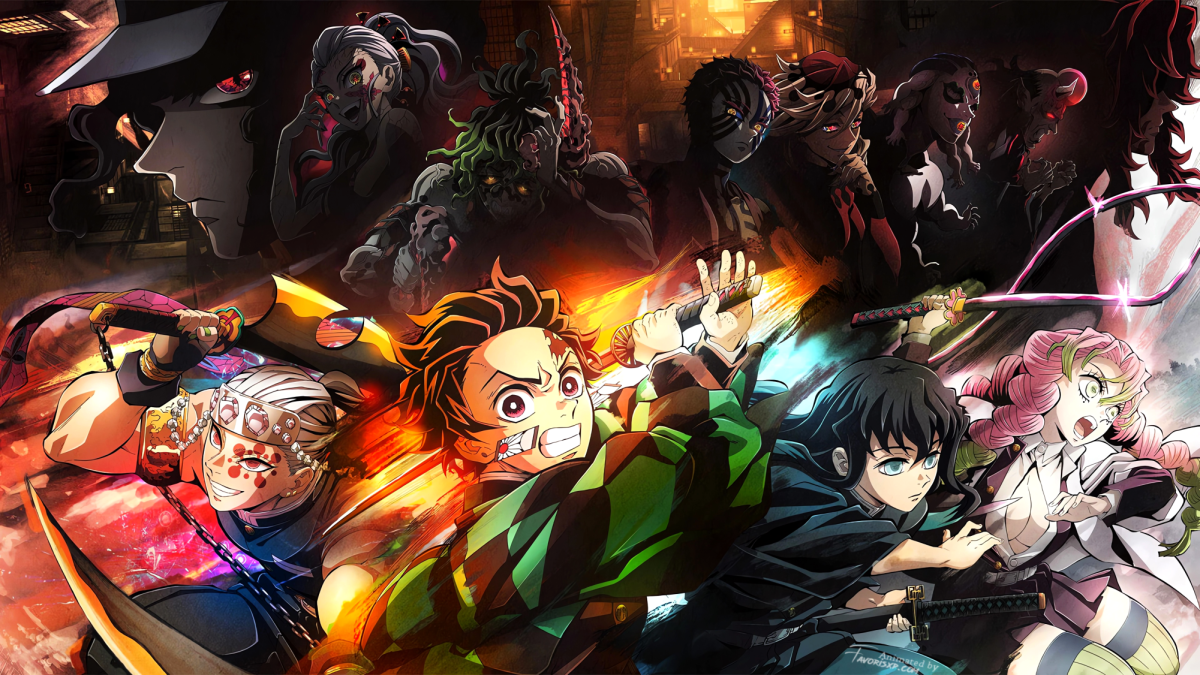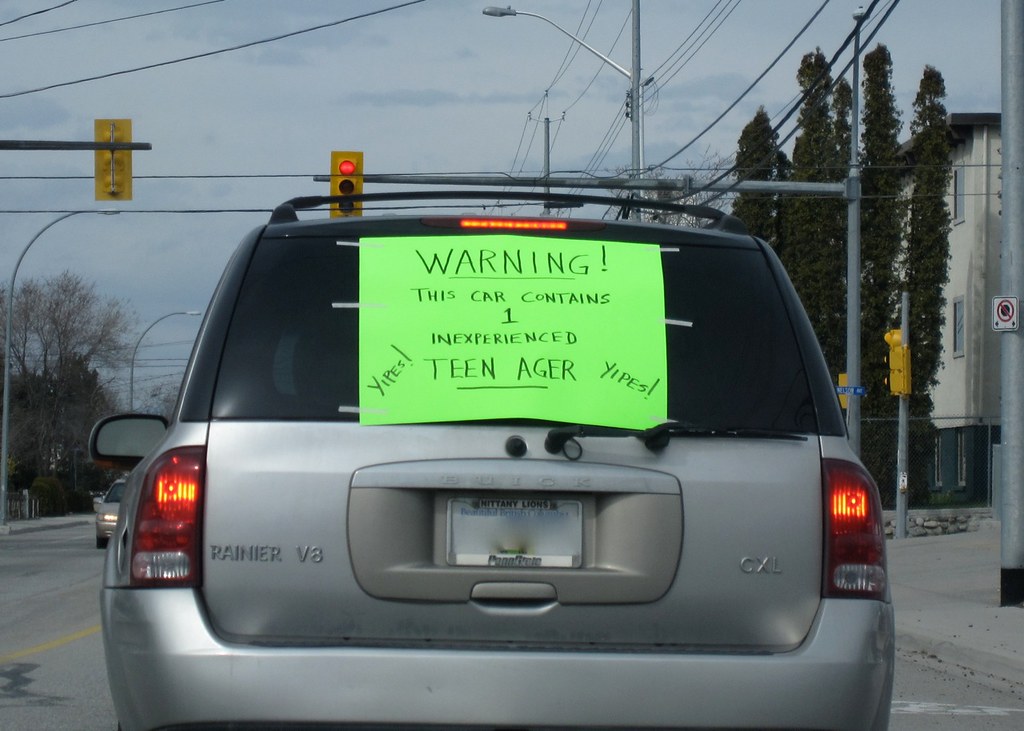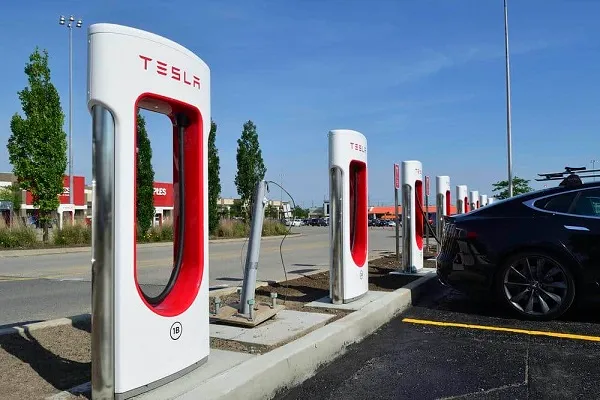BY JOSEPH KRASSNER
Staff Writer

Concert safety has been the subject of recent debate following a fire that killed 36 people at a concert in Oakland, California. While some may have perceived this tragedy as unavoidable, there were safety precautions that could have been implemented to reduce the number of fatalities. Concert safety is something that should not only be a required by law, but also strictly enforced in order to reduce the number of fatal accidents at concerts.
Even though many initial safety hazards are easy to spot, most concert-goers do not focus on their safety while enjoying themselves. According to the Los Angeles Times, former residents of the warehouse where the Oakland concert fire occurred stated that the building lacked sprinklers and that the stairs were made of wooden pallets that could have fueled the fire. In addition, fire fighters heard no alarms of smoke detections while trying to contain the fire. This concert had numerous ominous signs that should have warned people to be more cautious.
Many still choose to attend particular concerts even if they are aware of the hazards they might encounter. In 2011, the temporary roof structure at the Indiana State Fair collapsed during a concert, killing seven and injuring over fifty people. While concert-goers were not aware of the poor construction of the temporary roof, people reported that they were aware of the extreme winds that occurred at the time of the collapse. Although the investigation cited faulty roof construction as the cause of the accident, the area was already experiencing very strong pre-thunderstorm winds which, according to videos filming at the time, left the roof violently shuddering. Nonetheless, it is important to note that many such accidents at concerts are in no way the absolute fault of either the concert-goer or the vendor, but a combination of both.
Though the purpose of a concert is not to constantly fret over it, there are tips that concert-goers and vendors alike should consider before a concert. First, according to Steve Adelman, Vice President of the Event Safety Alliance, people attending a concert should always consider their exits in case of an emergency whether the concert is indoors or outdoors. In the case of the Oakland concert, there was only one exit out of the building which was quickly overcrowded during the chaos and later engulfed in flames. Second, the Los Angeles County Fire Department after the Oakland fire suggested that people who attend entertainment venues should consider looking around the building where an event is hosted. In the case of the Oakland fire, while people were attempting to evacuate, the roof collapsed and trapped many who were still inside. The idea is that, as concert-goers that willingly pay to attend these concerts, we cannot always rely on vendors and their security to keep us safe in case of an emergency, so we have to hold some responsibility for our own safety.
Vendors, however, are as — if not more — responsible for enforcing safety as the concert-goer. While the job of the vendor is to host the event, they also responsible for making sure that if a problem occurs, it is attended to immediately. In Cincinnati, 11 people were killed in stampede that erupted before the start of a 1979 concert by the band The Who. While there were multiple factors that lead to the disaster, two factors in particular reflect a lack of proper incite and preparation by the vendor: a lack of attention directed towards ticket sales and entrances. According to local news stations that reported the incident at the time, approximately 80% of tickets were general admission tickets that were first-come first-serve. This led to a large crowd of thousands that vendors and workers at the event were not prepared for. In addition, the doors were opened at their designated time which witnesses reported made the crowd increasingly agitated and impatient. Even before the crowd became visibly impatient, security measures should have placed in order to minimize chaos. However, tragedies like these tend to bring change among people who sympathize with for those who died. After the tragedy, Cincinnati passed a law banning general admission seating for events with more than 3,000 people for over twenty years before reluctantly lifting the ban and replacing it with lighter regulations.
Though progress is being made in terms of creating a safer atmosphere in concerts, many recent concerts have seen record numbers in attendance, like the 2014 George Strait concert which set the record for the largest indoor concert with over 100,000 attendees. With extreme numbers on the rise, people who go to concerts should be more aware of possible safety concerns that could be present. While people can continue to blame and sue vendors for lack of proper safety, ultimately people attending must also be cognizant of their own safety in a specific concert and act accordingly.
Why concert safety is important
January 5, 2017

0
Donate to Sword & Shield
$180
$1000
Contributed
Our Goal
Your donation will support the student journalists of University High School. Your contribution will allow us to purchase equipment and cover our annual website hosting costs.
More to Discover













